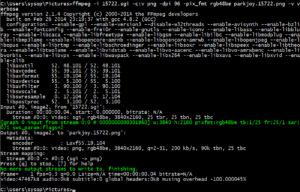
Use the trick above with "Fake emit" and cast shadow off. You should never do this for animations unless you are modeling and rendering a product shot of a light fixture itself. In the effort to model a realistic light, sometimes people put lights behind glass or a translucent surface. Avoid them, use clever "tricks" to "appear" like there are translucent materials - such as a "Fake emit" light emitting material on your lamp surface - turn off cast shadow for that, and any material you don't want or absolutely need to cast shadow.

Metal and Brushed metal, SSS, translucent, and some others tend to be slow to render. These will cause a slow down in rendering as the engine tries to compensate for the errors from the colors. Make sure no colors are purely saturated above 90% brightness/saturation because this is not physically possible. Any "pure black" surface should be no darker than 10% grey.

Usually we can go much smaller than we think, even down to 128 or 256 pixel images. While it's tempting to go big, you are killing your render time. A lot of models available for download have ridiculous enormous textures. If only camera is animated (it's a fly through animation), make sure your Animation method is set to Only View and that 'Reuse Lighting Information" is checked.If this is not possible, please try these tips: Or render parts of the animation on multiple machines. To reduce render times, first would be to get a much faster machine.


 0 kommentar(er)
0 kommentar(er)
